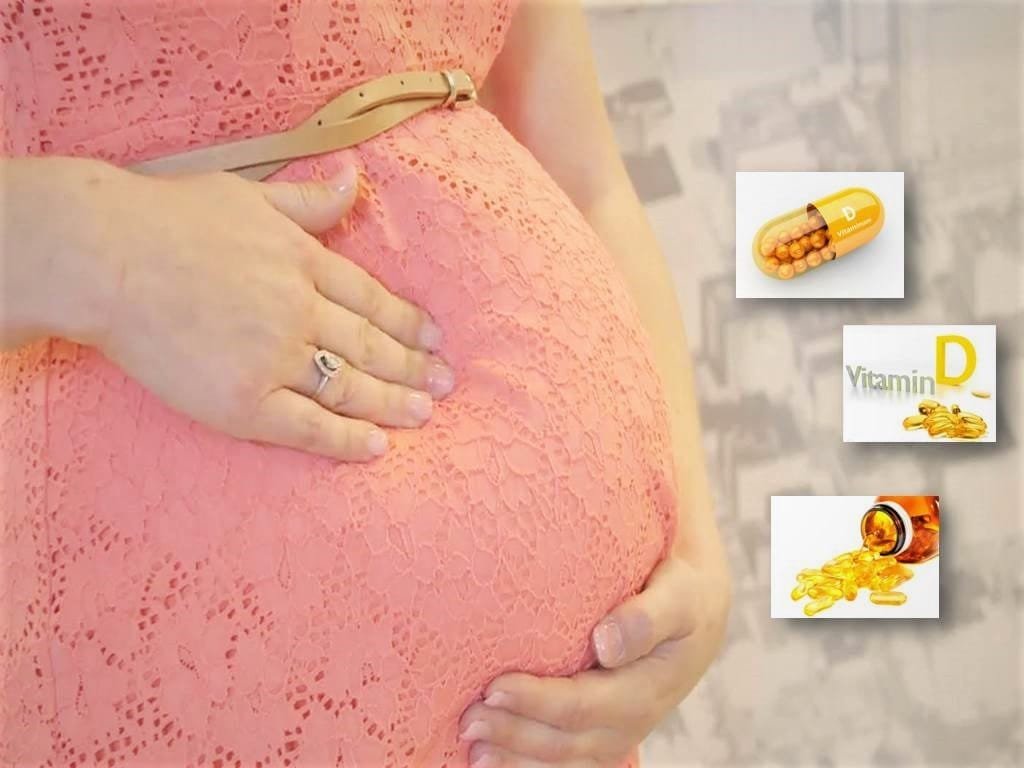Vitamin D in Pregnancy
Vitamin D plays a pivotal role in promoting women’s well-being. It serves as a regulator for maintaining optimal levels of calcium and phosphate in the body, crucial for the health of bones, teeth, and muscles. Recent studies have highlighted its significance in preventing chronic diseases, strengthening the immune system, fortifying defenses against infections, and facilitating calcium absorption.
When vitamin D levels fall, the repercussions can be profound, particularly regarding the risk of chronic illnesses such as heart disease. Insufficient vitamin D has emerged as a notable risk factor for cardiovascular incidents and conditions, including strokes, heart attacks, and congestive heart failure.
Furthermore, a robust correlation exists between adequate vitamin D levels and a diminished susceptibility to cancer. The presence of vitamin D receptors in many of the body’s cells enables it to regulate abnormal cell proliferation effectively, thereby substantially reducing the risk of colorectal and breast cancers.
The impact of vitamin D on health extends beyond cardiovascular issues and cancer risk. Low vitamin D levels may elevate the likelihood of developing:
- Diabetes
- Multiple Sclerosis
- Rheumatoid Arthritis
- Tuberculosis
- Osteoporosis
Vitamin D and Pregnancy
Vitamin D assumes a paramount role in safeguarding the well-being of women and their unborn offspring, spanning the period preceding, during, and after pregnancy. Notably, vitamin D deficiency represents a recognized risk factor for preeclampsia—a potentially grave condition posing threats to both the mother and the baby.
Insufficient vitamin D levels can also exert adverse effects on the healthy skeletal development of a fetus within the womb, potentially impeding optimal bone growth. Additionally, newborns exclusively rely on their mothers for vitamin D provision. Thus, when a mother experiences a deficiency, her baby is equally affected.
To ensure maternal and fetal health, it is recommended that all pregnant women undergo early screening for vitamin D deficiencies. Subsequently, screening should be repeated at around the 28-week mark of gestation. For individuals found to have deficient levels, vitamin D supplementation should be offered. While prenatal vitamins do contain some vitamin D, the quantities may prove inadequate for the needs of pregnancy.
Daily Vitamin D Requirement During Pregnancy
The recommended sufficient daily intake of vitamin D during pregnancy and lactation amounts to 600 international units.
It’s noteworthy that the majority of prenatal vitamins typically contain 400 international units of vitamin D per tablet. Therefore, it is wise to take vitamin D as a separate tablet or capsule during pregnancy. Although comprehensive safety data regarding higher doses are currently limited, it is generally a consensus among experts that vitamin D supplementation at doses of up to 4,000 international units per day is considered safe during pregnancy or lactation.
Symptoms of Vitamin D Deficiency
Despite the well-established benefits of vitamin D and the risks associated with its deficiency, it is alarming that an estimated 40-60 percent of women have insufficient levels of this vitamin. Multiple factors contribute to this pervasive deficiency, starting with the limited array of natural dietary sources of vitamin D.
Notably, vitamin D is present in only a few foods, including egg yolk, salmon, and cod liver oil. The bulk of vitamin D intake in the population derives from fortified foods such as milk. However, for the 75% of individuals who are lactose intolerant, fortified dairy products are not a reliable source of vitamin D.
Furthermore, several variables affect the body’s capacity to synthesize and absorb vitamin D. These factors encompass geographical location, season, sun exposure without sunscreen, skin pigmentation, age, obesity, environmental pollution, and gastrointestinal health for optimal absorption. Vitamin D functions as a hormone and relies on sunlight exposure for proper endogenous production. Reduced sun exposure is a major contributor, often due to sunscreen use or limited time spent outdoors. Additionally, obesity has been linked to lower vitamin D levels, as excess body fat can negatively impact its production.
You may be deficient in vitamin D if you experience the following symptoms:
- Unexplained weakness or fatigue
- Susceptibility to bone fractures
- Aching joints and muscles
- Frequent and unexplained feelings of sadness
Sources of Vitamin D
Sunlight Exposure: Vitamin D is synthesized in the skin when exposed to sunlight. The amount of sunlight required for adequate vitamin D production varies based on factors such as age, skin color, sun exposure habits, and underlying health conditions. It’s important to note that as individuals age, their skin’s ability to produce vitamin D diminishes. People with darker skin tones generally need more sun exposure, particularly during the winter months, to generate sufficient vitamin D.
Dietary Sources: Vitamin D can also be obtained through certain foods, either naturally occurring or fortified. Natural sources include fatty fish, cod liver oil, and, to a lesser extent, eggs. While cod liver oil is a rich source of vitamin D, it’s worth noting that some fish oils contain high levels of vitamin A, which can lead to adverse effects such as liver damage and bone fractures when consumed excessively.
Vitamin D is often added to various food products, such as infant formula milk, certain breakfast cereals, fat spreads, and non-dairy milk alternatives. The specific amounts of vitamin D added to these products may vary and can be relatively low.
Commercially fortified cow’s milk is a significant dietary source of vitamin D, providing approximately 100 international units of vitamin D per 8 ounces (equivalent to two cups of milk providing 200 international units of vitamin D). In different regions of the world, cereals and bread products are commonly fortified with vitamin D.
If you suspect a vitamin D deficiency, it is advisable to consult your healthcare provider for screening and guidance on how to address your vitamin D levels.










